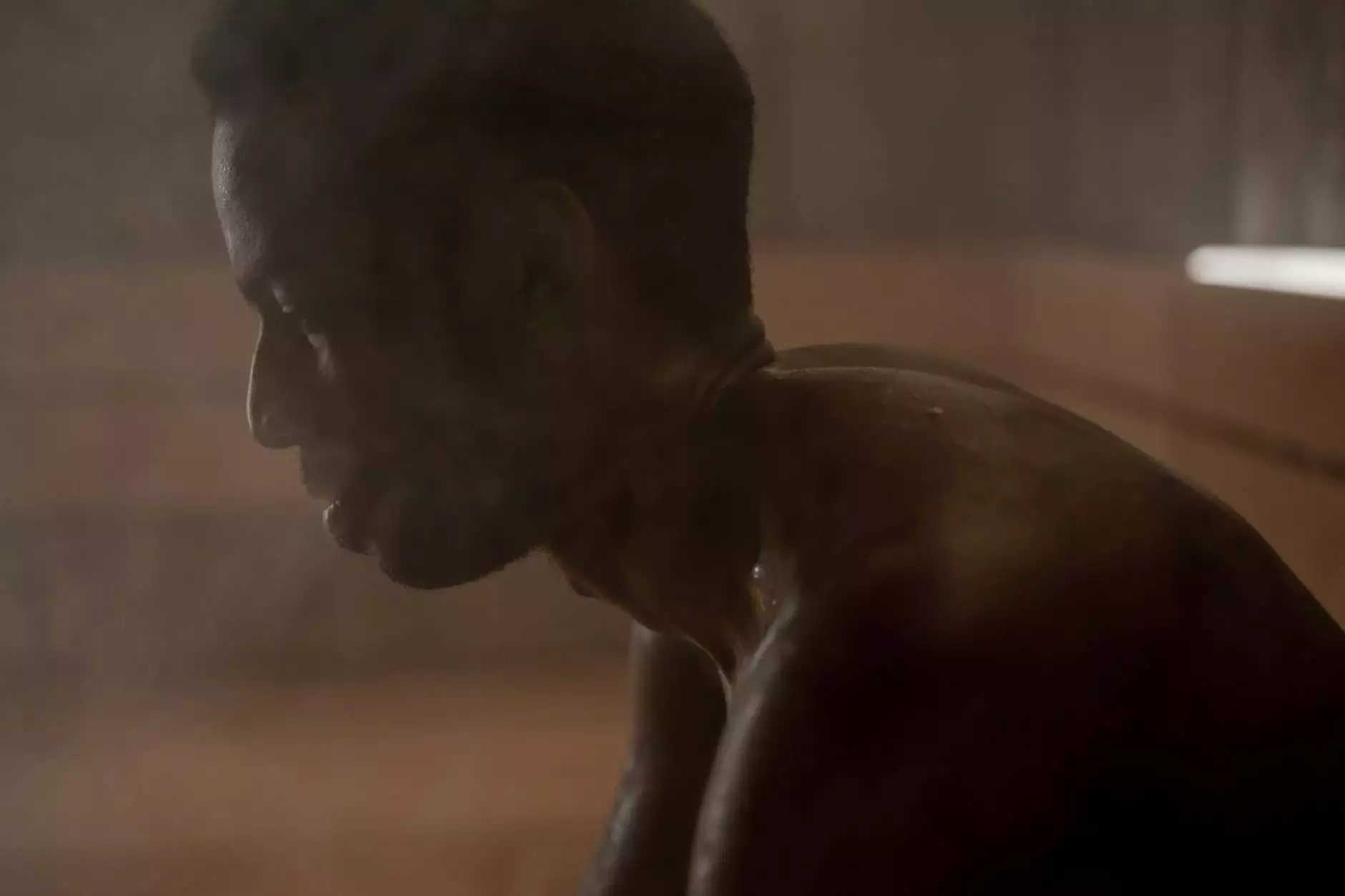Understanding Displaced Rib Fractures: Comprehensive Guide

What is a Displaced Rib Fracture?
A displaced rib fracture occurs when one or more ribs break and the bone fragments shift out of their normal alignment. This condition can result from various types of trauma, such as falls, vehicle accidents, or sports injuries. Understanding displaced rib fractures is vital for effective treatment and recovery.
Causes of Displaced Rib Fractures
Displaced rib fractures can arise from several causes, including:
- Traumatic impacts: Sudden impacts from accidents can lead to significant rib damage.
- Falls: A hard fall onto the side or back can break ribs, especially in older adults.
- Sports injuries: Contact sports can increase the risk of ribs being fractured due to blunt force.
- Osteoporosis: This condition weakens bones and makes them more susceptible to fractures.
Symptoms of a Displaced Rib Fracture
It is essential to recognize the symptoms associated with a displaced rib fracture. Common symptoms include:
- Sharp pain: A sudden, intense pain at the site of the fracture, especially when breathing, coughing, or moving.
- Difficulty breathing: Pain that can make deep breathing uncomfortable, resulting in shallow breaths.
- Swelling or bruising: Visible swelling or bruising around the rib area where the injury occurred.
- Crepitus: A grating sensation or sound during movement due to the fractured bone edges moving against each other.
Diagnosis of Displaced Rib Fractures
To accurately diagnose a displaced rib fracture, medical professionals typically employ a combination of:
- Physical Examination: A thorough examination where the physician assesses the extent of pain and checks for deformities.
- Imaging Studies: X-rays or CT scans to visualize the fracture and determine its severity.
Treatment Options for Displaced Rib Fractures
Treatment for a displaced rib fracture aims to reduce pain and promote healing. The approach varies based on the severity of the injury. Common treatment strategies include:
1. Pain Management
Pain control is critical in the management of rib fractures. This may involve:
- Over-the-counter pain relief: Medications such as ibuprofen or acetaminophen can help alleviate pain.
- Prescription medications: For severe pain, stronger medications may be prescribed.
2. Rest and Activity Modification
Limiting physical activities is crucial for recovery. Patients are advised to:
- Avoid strenuous activities: Engage in light activities while avoiding heavy lifting or vigorous exercise.
- Practice breathing exercises: To prevent pneumonia, patients are encouraged to take deep breaths periodically.
3. Surgical Intervention
In cases where the fracture is severe or accompanied by complications (like a punctured lung), surgery may be required:
- Internal fixation: Surgeons may use plates or screws to realign and stabilize the bones.
- Rib resection: In cases of multiple fractures that don’t heal properly, part of the rib may be surgically removed.
Recovery Process
Recovery from a displaced rib fracture varies from person to person. General recovery tips include:
- Follow-up visits: Regular check-ups with the healthcare provider to monitor healing.
- Adhere to physical therapy: Once the doctor approves, gradual increase in physical activity can help regain strength.
- Nutrition: A healthy diet that supports bone healing is essential. Include calcium and vitamin D-rich foods.
Potential Complications
While many people recover well from a displaced rib fracture, some may experience complications, including:
- Pneumothorax: Air leaks into the chest cavity, leading to lung collapse.
- Hemothorax: Accumulation of blood in the chest cavity can occur, requiring medical intervention.
- Infection: Surgical interventions carry a risk of infection that must be managed promptly.
Preventing Displaced Rib Fractures
While it may not be possible to prevent all incidents leading to a displaced rib fracture, several steps can reduce risk:
- Stay active: Engaging in balanced, low-impact exercises strengthens bones and muscles.
- Home safety: Reducing fall hazards in the home environment can help minimize fracture risks, especially in the elderly.
- Protective gear: Wearing appropriate safety equipment during sports and high-risk activities can safeguard against injuries.
Conclusion
A displaced rib fracture can be a painful and serious injury, but with prompt diagnosis and appropriate treatment, most individuals can expect a full recovery. Understanding the condition—its causes, symptoms, treatment, and prevention—empowers patients to take proactive steps in their health management. If you or someone you know experiences symptoms of a rib fracture, seeking medical attention swiftly can make all the difference in the recovery journey.
For expert advice and treatment options regarding displaced rib fractures and other related health concerns, visit Neumark Surgery.









